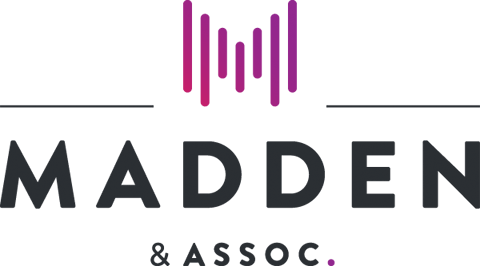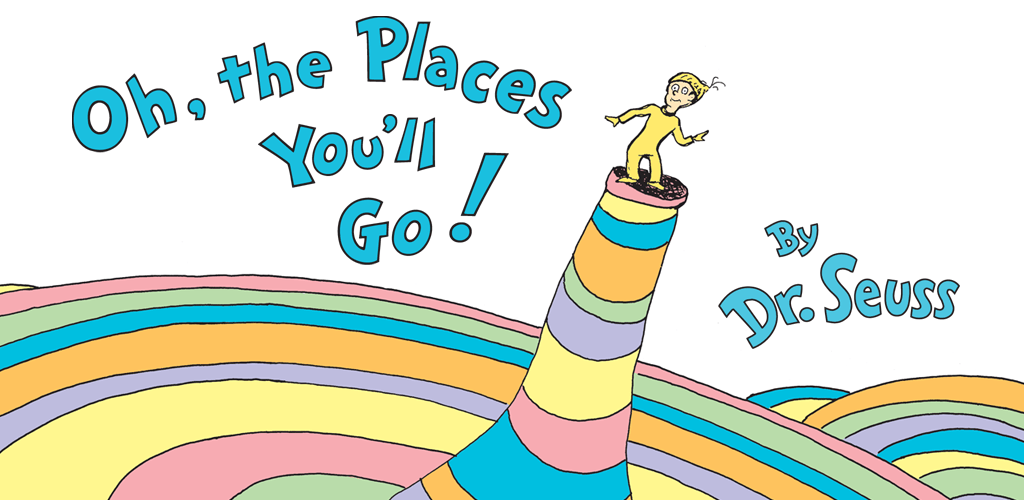In the age before AI, in fact when the twin World Trade Centre towers were still standing in lower Manhattan, I joined an annual pilgrimage to New York as delegate to a conference for marketers across the globe drawn from the asset management and pensions world.
It was there, exchanging our prehistoric paper business cards dressed in suits and ties and actual socks with sensible black shoes, near the ubiquitous coffee station, that I met my first-ever ‘thought leader’.
What a revelation! A leader in thinking! And what courage and foresight to put it on your business card. This early introduction to a middle-aged lady called Barbara (“call me Barb”) from middle America had me thinking, if Barb embodies thought leadership… I wonder what thought losership looks like?
Was Barb a portent to a future world where thought leadership was as easy as embossing it on a business card? A symbol that a simple formula exists such that anyone can lead in targeted markets with their original thinking?
The Beige Echo of Modern Content
Today, so called “thought leadership” is absurdly abundant.
Across LinkedIn feeds and industry websites, our market is inundated with content that looks original, sounds polished, and mimics genuine insight.
Does it lead? Is it thoughtful? Or is it, like the American office dress code in the 90’s, a beige echo of what others are doing?
For mine, we have reached peak thought losership.
Looking and sounding like you’re leading is just following the Joneses. Dumbing down. Content is no longer king; it’s a foot soldier. Context and nuance and authenticity are quietly shuffled to the back of the room.
Welcome to the Valley of Drudge
So what, you might say, copycat content marketing has always been a thing. Here’s a relevant sidebar: a favourite adage from my finance journalism years is that you must assume originality to be forgotten plagiarism. In other words, derivative thinking has its place… but hey, always give credit where it’s due in the form of attribution to the original author or source.
And another thing, take some wisdom from children’s author Dr Seuss:
“The more that you read, the more things you will know. The more that you learn, the more places you’ll go.”
True thought leadership takes people to new places – intellectually, emotionally, strategically. Thought losership leaves them exactly where they began (only exhausted from scrolling).
In a world where the speed of machine plagiarism is accelerated by algorithms and Nvidia silicon chips, ethics and originality are squirming on the altar of automated intelligence. I feel it every day.
At its best, genuine thought leadership is original thinking that moves others with insight, logic, and emotion, challenging the status quo with courage and purpose. At its worst, it takes the form of SEO-friendly listicles, two-minute microwave re-heated commentary, or recycled industry platitudes. Is it fun, quirky, joyful? No! It’s like drinking ersatz coffee made with ground up oats and chestnuts and frothed to look like a cappuccino.
Is AI the evil culprit stealing our individual creativity and authentic expression? No, but it has certainly made the problem worse. ChatGPT and other large language models are useful to streamline workflows, summarise complex reports, and analyse data. But they’re also frighteningly good at producing perfectly serviceable, instantly forgettable content.
The result? Many a blog post, white paper, or LinkedIn article is eerily similar. Or at least their foundational structures, sentence formulation, conceptual orientation and depth is repetitive and predictable. Boring! We at Madden call this the Valley of Drudge.
Those opting to walk the Valley of Drudge in financial services, do manifest a certain low hung fruit version of thought losership in the following ways:
- Generic future-gazing: “The future of advice is digital” (so groundbreaking! We were covering this story in trade press back in the year 2000, just after the Y2K bug imbroglio)
- AI name-dropping: “We’re leveraging AI to enhance customer experience” (yeah right, just like everyone else, and that explainer video you produced with AI is bloody awful, it cost us three minutes of our lives we will never get back)
- Vague thought-bubbles: “It’s all about trust” (so, so true, but so is minding the neighbour’s dog, retaining a client, and teenage parenting)
In deference to my own AI peer pressure, I asked ChatGPT to give me three reasons why thought losership might thrive, despite its obvious limitations and public annoyance factor. The following is verbatim from the bot:
Why Thought Losership Thrives
There are three reasons why this culture of copy-and-paste “insight” has taken root:
- The content treadmill
The pressure to publish frequently — driven by algorithms and engagement metrics — means there’s little time for deep thinking. It’s quicker to churn out “me too” pieces than to craft something truly original. - AI convenience
Why wrestle with complex research when you can prompt ChatGPT or another AI tool to spit out a draft in seconds? The danger is that without human refinement, the result is just a polished regurgitation of what’s already online. - Risk-aversion in regulated industries
Financial services has legitimate compliance and reputational constraints. But often, this becomes an excuse for sanitised content that offends no one, challenges nothing, and inspires even less.
Not bad, though I had to provide significant direction to ChatGPT to get it to dispense ideas, much like loading an ATM before it can give out cash.
Escaping the Beige Fog
So, the next question: how do we avoid Drudge Valley and elevate to a higher plane of genuine Thought Leadership (TL)? To break out of the beige fog, leaders and their marketing and communications teams must summon the original spirit of TL.
Based on thirty or so years of doing this, that means creating content that is:
- Uniquely insightful Give a perspective that no one else could give because it comes from your lived experience, your analysis, your network.
- Data-driven and specific Anyone who has attended my media training sessions knows the rule of anchoring message points (proof) in fresh data, proprietary research, customer surveys, or market analysis. Better still, interpret known data in a way that reframes the conversation.
- Human and relatable Even in highly technical fields like finance, audiences connect with stories. A real case study from your own experience (thank you Barb) can make your insight far more memorable than a hastily quilted buzzword.
- Constructively provocative True thought leadership sometimes means saying what others are unwilling to say but just be prepared for the online haters and the inquisitive who will need you to back it up.
A Final Word: Be Unmistakably You
Finally, in our sector that is built on managing other people’s money, trust and authority are everything. If your content looks and sounds like everyone else’s, why should your audience consider you a leader?
Worse, in a sector where misinformation has serious financial consequences, the risk/cost of lazy thinking is high. Recycled content not only dilutes your brand, it also erodes industry credibility.
AI is here to stay. But do not let it flatten our voices into a single corporate monotone. We should use it to amplify what makes us unique. Let it do the heavy lifting of collation or structuring, so we can focus on the hard and more valuable work of actual thinking.
Real thought leadership takes time, courage, and curiosity. It means resisting the easy path of regurgitating what’s already “out there” and committing to creating something that is unmistakably mine.
Financial services leaders who stand out in the AI era will be those who dare to:
- Share the lessons they’ve learned from failures as well as successes
- Ground their arguments in evidence, not empty adjectives
- Speak in a voice that could only belong to them
In a world where the appearance of insight is just a click away, genuine insight will always stand out.

